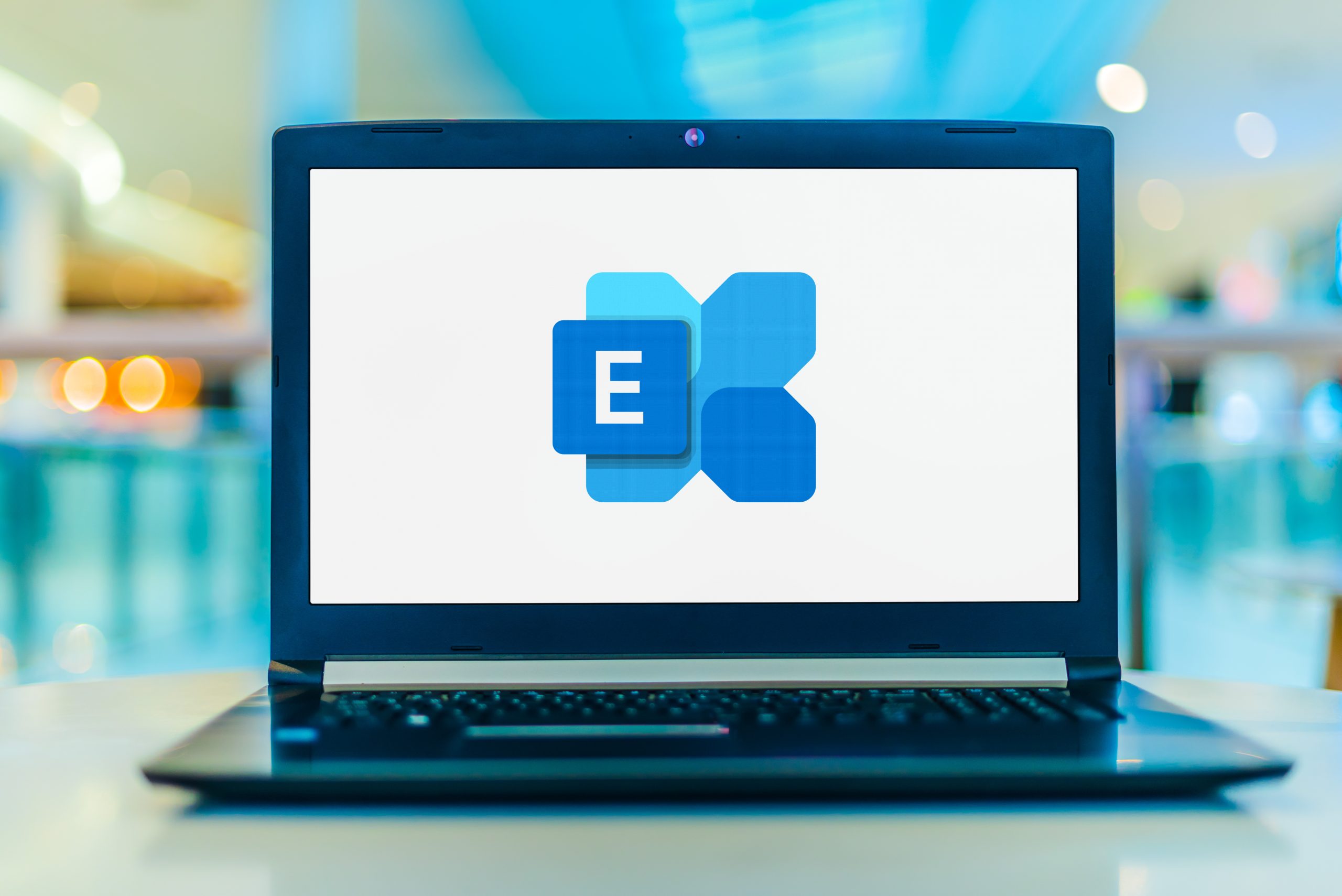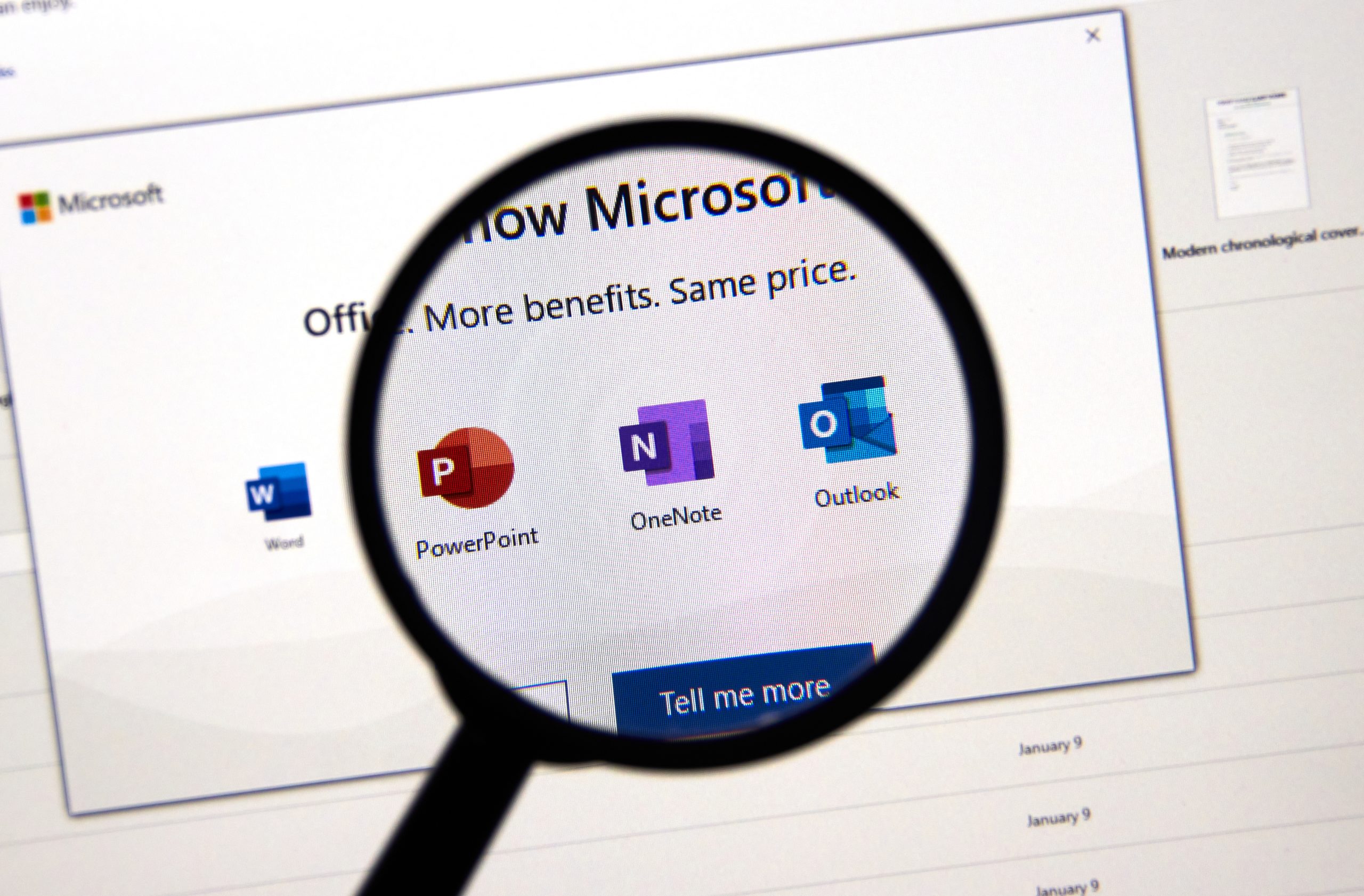 |  |
For years, Microsoft Exchange has been the go-to solution for businesses of all sizes regarding email and calendar services. However, with the release of Microsoft 365, many small and medium-sized companies are wondering if they should make the switch. This document will compare and contrast On-site Exchange vs. Microsoft 365 to help you decide which is right for your SMB.
When I began my career in the late 1990’s the top of the line messaging platform was Lotus Notes, used by major corporations. Microsoft Exchange 4.0 was released to compete in the corporate communications space. It contained features that would evolve into the foundation of Windows Active Directory. It made sense at the time to get the components the large corporations enjoyed to implement the less expensive Microsoft product for small to medium businesses. We could tolerate a little bit of downtime, and as such, we could run the affordable Windows Small Business Server in our small businesses. A few hours of email outages a year was not a big deal; it was uncomfortable but not catastrophic.
As time has passed, we rely more and more on our digital communications. We are now unable to work when our email goes down. So much of our work involves quickly moving information from one person to another. When we experience an outage, it can result in thousands of dollars in losses.
A poorly planned and financed exchange migration crashed the network in my early career. The Exchange database became corrupted, and due to the Active Directory integration, that deteriorated too. Thankfully this was a small network, and after 36 hours of recovery attempts, we cut our losses and rebuilt the network from scratch. Total downtime was 72 hours but those 72 hours cost the company nearly $250,000 in lost productivity due to all staff being unable to work. That is the kind of impact an unexpected Exchange outage can have on a business.
Current best practices for email communication for a 30 person company would suggest we need redundancies. Essential redundancy would mean we need two servers, Redundant power, dedicated cooling, and support. The estimated first-year investment is $97,000+ to host your email. You could cut this down by sacrificing uptime and reliability.
Microsoft 365 in October 2010, was released to a private beta, and in April 2011 for the public beta as Office 365. It has been a hard sell because it is a monthly cost, and you never own the software (Opex vs. Capex). In addition, the cloud offering has been a challenge to get people to let go of the on-premise Exchange server. Microsoft 365 offers the entire Office Suite, which is a plus. The suite includes; Outlook, Word, Excel, OneNote, PowerPoint, Publisher, and Access. It also comes with 50GB of storage per mailbox.
Microsoft 365 is hosted in distributed data centers. These data centers have dedicated redundant environmental and power systems. These redundancies ensure your data is always available. 365 also has guaranteed 99.999% uptime meaning your emails will be down less than five minutes a year. Virtually no small business can build this infrastructure. With 365, we get to leverage the economies of scale of the largest corporations in the world.
Microsoft 365 is a subscription service that you pay for each month. You can add or remove users as your business changes, giving you the flexibility to grow and shrink your user base by paying only for what you use.
Many SMBs are now at the stage where their existing email servers are up for replacement. The hardware is out of warranty, or support is no longer available. It is the time to decide if 365 is right for you. My rule of thumb is if you have between 600 and 700 users, it is more cost-effective to have your own Exchange servers.
365 migrations can be challenging to perform on your own. There are many moving parts, and if something goes wrong, your users will be down. The good news is that Microsoft has many partners that can help with the migration.
If you are thinking about switching to 365, reach out to us for a consultation. We would be happy to help.
